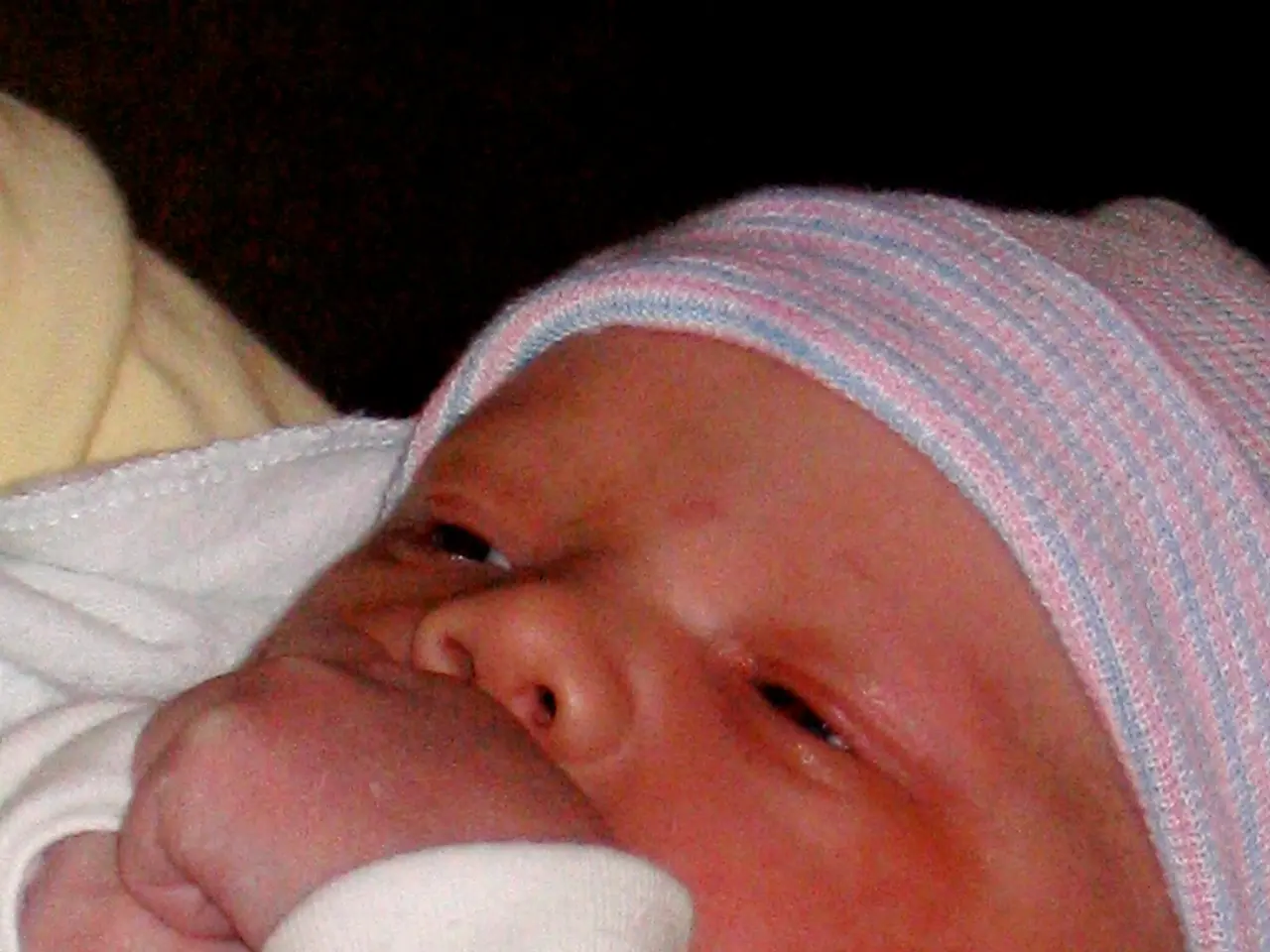Focusing of Light via the Eye: Process and Mechanisms
Get ready to dive into the fantastical world of human eyesight, where we'll explore how this incredible organ works to bring you a clear vision of the world!
Let's Focus on Vision, Shall We?
Ever wondered how your eyes manage to focus on objects, whether they're far away or up close? Imagine you're using a magnifying glass to focus the sun's rays onto a piece of paper - that's essentially what your eye does!
Your eye, roughly the size of a table tennis ball, focuses light from distant objects onto the retina at the back. But focal length plays a crucial role here, measuring about 2.5 cm for your peepers. Now let's break it down:
The Cornea: Star of the Show
Almost 70% of the bending of light takes place as it enters your cornea and the aqueous fluid. You guessed it - the curve of the cornea and the change in refractive index as light moves from air into the cornea and then into the aqueous fluid between the cornea and the iris contribute to this bending spectacle.
The Crystalline Lens and Accommodation
Behind the aqueous fluid lies the second lens system: a flexible, pliable convex lens called the crystalline lens. This fella adjusts its shape thanks to a circular ring of muscle called the ciliary muscle. Attached all the way around the lens, it can stretch the lens at the edges to change its shape according to what you're looking at.
This ability to change focus for close-up objects is known as accommodation.
Two Theories on Accommodation
There are two main theories explaining how the lens changes shape:
The Helmholtz theory, dating back to 1855, suggests that when the ciliary muscle contracts, zonular tension (the tension on tiny fibers that connect the lens to the muscles) decreases, causing the lens to become rounder. In contrast, when the ciliary muscle relaxes, zonular tension increases, making the lens flatter.
The Schachar mechanism, proposed in 1992, states that when the ciliary muscle contracts, zonular tension increases, causing the central lens surface to become more steeply rounded. When the ciliary muscle relaxes, zonular tension decreases, causing the central lens surface to flatten.
The Crazy Ageing Process
As we age, our eyes are no stranger to changes. One of these alterations, presbyopia, involves a deteriorating ability to change the shape of the crystalline lens. For most people, distance vision remains unaffected, but the ability to focus on close-up images decreases. This is just one reason why older folks often require reading glasses.
That's the lowdown on how your eyes work, straight from the horses' mouths (or in this case, the peepers' corneas!). Keep your eyes peeled for more interesting facts about the human eye! 🤓👁️🧐
Science reveals the intricate process of focusing on various objects with medical-condition presbyopia becoming a common age-related issue affecting eye-health. To maintain overall health-and-wellness, one must stay informed about eye-health and embrace fitness-and-exercise to promote longevity and better vision.






